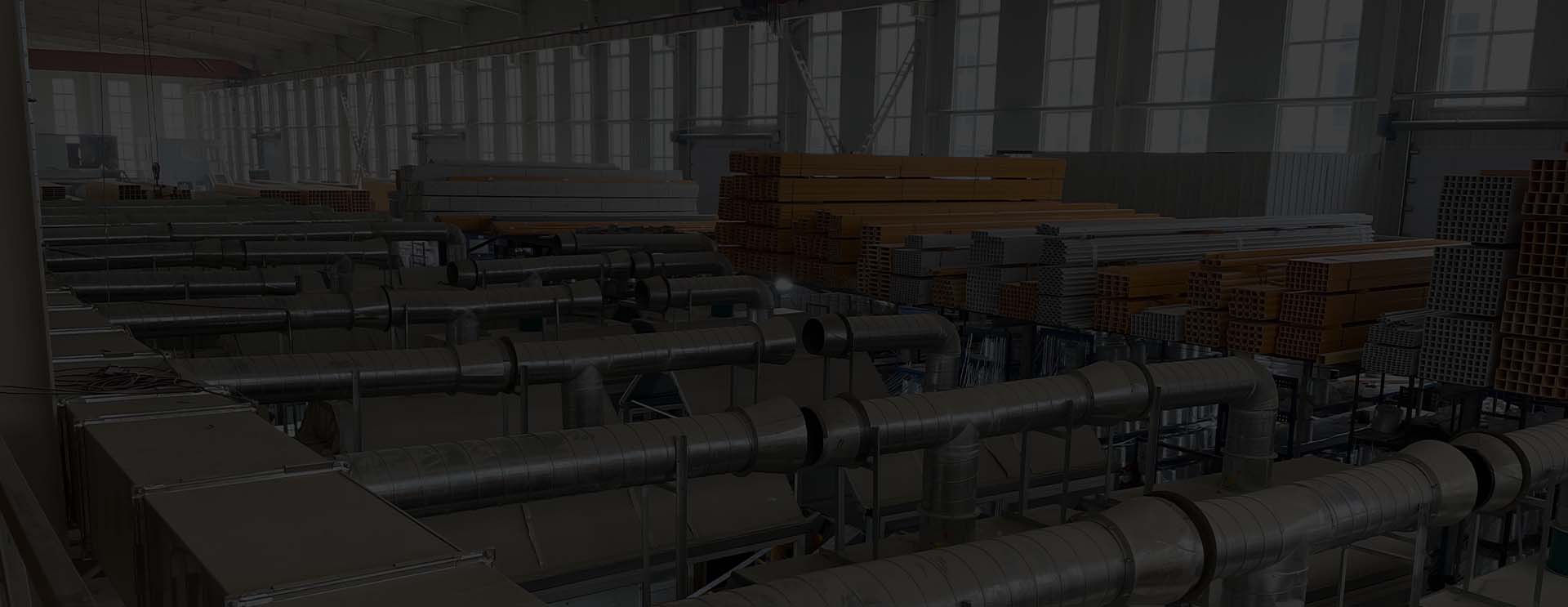loading...
- No. 9, Xingyuan South Street, Dongwaihuan Road, Zaoqiang County, Hengshui, Hebei, China
- admin@zjcomposites.com
- +86 15097380338
- Welcome to visit our website!
Advancements in Fiber Reinforced Polymer Structural Profiles for Enhanced Engineering Applications
FRP Structural Profiles A Sustainable Innovation in Construction
Fiberglass Reinforced Polymer (FRP) structural profiles are rapidly gaining traction in the construction industry due to their exceptional mechanical properties and versatility. Composed of a polymer matrix reinforced with fiberglass, these materials offer a viable alternative to traditional construction materials like steel and concrete. This article explores the key advantages of FRP structural profiles, their applications, and the future of this innovative material in the field of construction.
Understanding FRP Structural Profiles
FRP profiles are produced through a process that combines resin with fiberglass, resulting in a lightweight yet strong material. These profiles come in various shapes and sizes, enabling their use in a range of structural applications. The manufacturing process can be tailored to meet specific requirements, making FRP adaptable for unique construction projects.
Advantages of FRP Structural Profiles
One of the most significant advantages of FRP is its high strength-to-weight ratio. FRP profiles are much lighter than traditional materials like steel, which reduces the overall weight of the structure. This lightweight characteristic not only simplifies handling and installation but also decreases transportation costs, making it an economically viable option for contractors.
Durability is another standout feature of FRP. Resistant to corrosion, chemicals, and environmental degradation, FRP can endure harsh conditions better than conventional materials. For instance, FRP is often used in marine applications where exposure to saltwater can quickly deteriorate metal structures. This corrosion resistance leads to lower maintenance costs and longer service life, offering a strong return on investment over time.
Moreover, FRP is non-conductive and has excellent thermal insulation properties. This makes it a suitable choice for structures requiring electrical insulation or thermal efficiency, aiding in energy conservation in buildings. Additionally, FRP profiles can be manufactured to have fire-retardant properties, further expanding their safety applications.
frp structural profiles

Applications of FRP Structural Profiles
The versatility of FRP structural profiles allows them to be used in a variety of sectors. In civil engineering, they are utilized in bridges, walkways, and tunnels, providing a lightweight yet durable solution that can withstand heavy loads while resisting environmental stressors. In construction, FRP beams and columns are increasingly used in both residential and commercial buildings, showcasing their aesthetic appeal and strength.
In the transportation sector, FRP profiles are applied in the construction of lightweight and corrosion-resistant components for vehicles, helping improve fuel efficiency and reduce emissions. Similarly, in the renewable energy sector, FRP is used in wind turbine blades, where its strength and light weight critically enhance performance.
The Future of FRP Structural Profiles
Looking ahead, the market for FRP structural profiles is poised for significant growth. As sustainability becomes a central focus in construction practices worldwide, the demand for materials that are not only durable and efficient but also environmentally friendly is on the rise. FRP fits these criteria perfectly, and ongoing research continues to enhance its properties further.
Innovations in recycling methods for FRP are also in development, which will address concerns regarding waste management and environmental impact. As technologies improve and awareness increases, FRP could potentially see wider acceptance across various construction applications.
Conclusion
In conclusion, FRP structural profiles represent a remarkable advancement in construction materials. With their unique combination of strength, durability, and resistance to environmental factors, they offer numerous advantages over traditional materials. As the industry evolves and embraces more sustainable practices, FRP is poised to play a pivotal role in shaping the future of construction, paving the way for more durable and eco-friendly infrastructure. The adoption of FRP not only signifies progress in material science but also reflects a growing commitment to sustainable development in the construction industry.
-
Transform Your Spaces with FRP Grating SolutionsNewsNov.04,2024
-
The Versatility and Strength of FRP RodsNewsNov.04,2024
-
The Excellence of Fiberglass Water TanksNewsNov.04,2024
-
The Benefits of FRP Grating for Your ProjectsNewsNov.04,2024
-
Elevate Your Efficiency with FRP Pressure VesselsNewsNov.04,2024
-
Welcome to the World of FRP Pressure VesselsNewsOct.12,2024
-
Unveiling the Future of Filtration: Why FRP Filter Vessels are a Game ChangerNewsOct.12,2024
